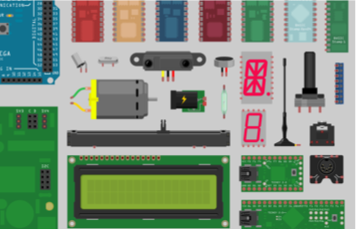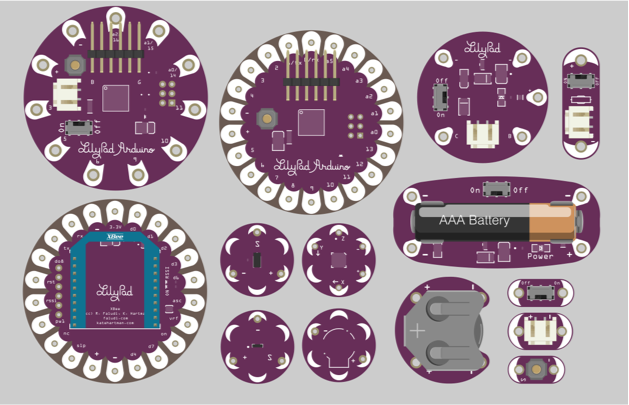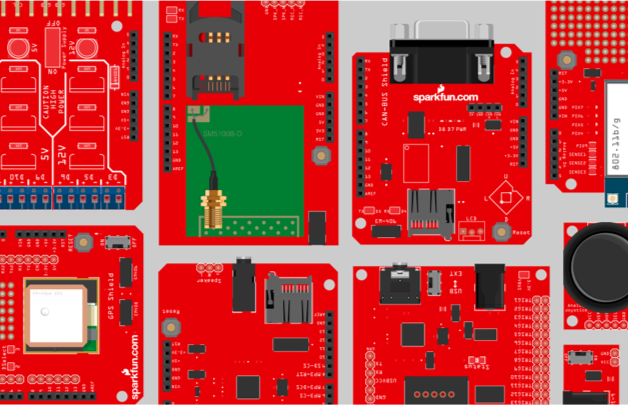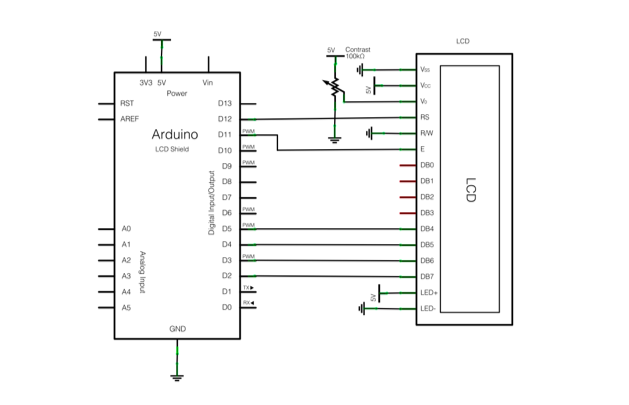Fritzing
Making DIY electronic usable and desirable
2009 - 2012

Fritzing is an open-source software to support designers, artists, researchers and hobbyists to work creatively with electronics like Arduino. Fritzing allows users to document their prototypes, share them with others, teach electronics in a classroom, and to create a PCB layout for professional manufacturing.
Being part of the development team for 3 years, I had the opportunity to design and integrate a large set of electronic parts into Fritzing and to partner with different companies or organizations such as Sparkfun, Gogo Board or Parallax. Beyond this designer role, I also initiated a usability test study of Fritzing done within the frame of a semester project at the University of Applied Sciences Potsdam.




